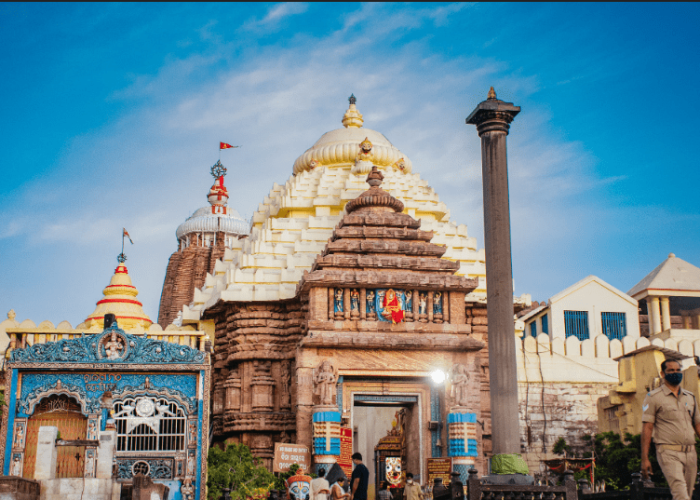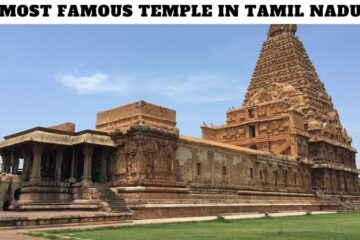
The Jagannath Temple in Puri, Odisha, India, is one of the most revered and famous Hindu temples in the country. It is dedicated to Lord Jagannath, a form of Lord Vishnu, and serves as a significant pilgrimage site for millions of devotees, especially during the annual Rath Yatra festival.
Is there any architectural design or ancient technique responsible for the absence of a shadow at the Jagannath Temple in Puri?
The absence of a shadow at the Jagannath Temple in Puri is an interesting phenomenon attributed to the unique architectural design of the temple. The main sanctum of the temple, known as the “Garbha Griha,” is situated in such a way that it remains completely devoid of any direct sunlight throughout the day.
The Jagannath Temple is constructed in the Kalinga style of architecture, which emphasizes simplicity and grandeur. The temple features a towering structure with a pyramid-shaped roof, known as the “deul,” which is a defining characteristic of Kalinga temples. The deul’s design, combined with the precise positioning of the temple, contributes to the absence of a shadow.
The architects and builders of the Jagannath Temple employed intricate calculations and precise alignment techniques during its construction. They positioned the temple in a manner that ensures the sunlight does not fall directly on the Garbha Griha. This meticulous planning results in the unique phenomenon of the temple’s shadowless condition.
Due to the absence of a shadow, the Jagannath Temple in Puri holds a special significance and is considered a remarkable architectural marvel. It is a testament to the skill and expertise of the craftsmen who designed and built the temple, as well as the cultural and religious importance it holds for devotees.


